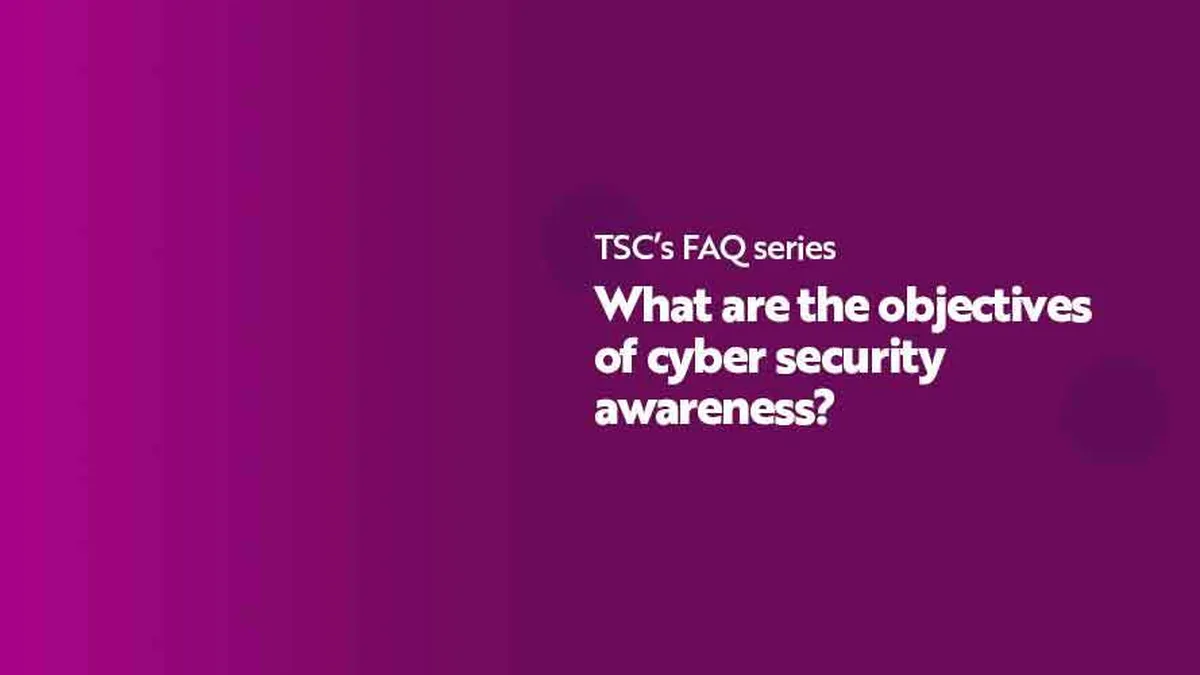
- Employee awareness
- 5 min read

At the moment, you cannot go a handful of days without hearing about an attempted cyberattack or a successful breach. It is not just paramount for organisations to prioritise cyber security awareness and training, it is necessary.
Let us start by painting a vivid picture of the current cyber threat landscape:
Security awareness training is a proactive defence against a multitude of cyber threats that can potentially wreak havoc on an organisation. Let us run through a couple with some scenarios for context.
Security awareness training should cover a wide range of topics to be effective. These include:
Managers and leaders play a critical role in promoting a culture of security awareness. They should:

Measuring the effectiveness of security awareness initiatives is essential. This is where The Security Company's SABR (Security Awareness and Behaviour Research) tool comes into play. It provides quantitative data and analysis to assess employee behaviour, security culture, and security gaps. This tool allows organisations to tailor their training programs based on real data, ensuring a more targeted approach.
To truly excel in building security awareness, behaviour change, and a strong security culture, organisations should consider partnering with a reputable cyber security training and awareness company like TSC.
If you would like information about how The Security Company can help you to formulate a cyber security training and awareness program for your organisation or if you would like a demo of our products and services ... please contact our Head of Business Development and Sales, Jenny Mandley.
The Security Company's vast library of customised and non-customised products and services are tailored for small, medium and large organisations and are available in a variety of languages. We also offer bespoke solutions for organisations that desire training and awareness materials built from the ground up.



© The Security Company (International) Limited 2023
Office One, 1 Coldbath Square, London, EC1R 5HL, UK
Company registration No: 3703393
VAT No: 385 8337 51


